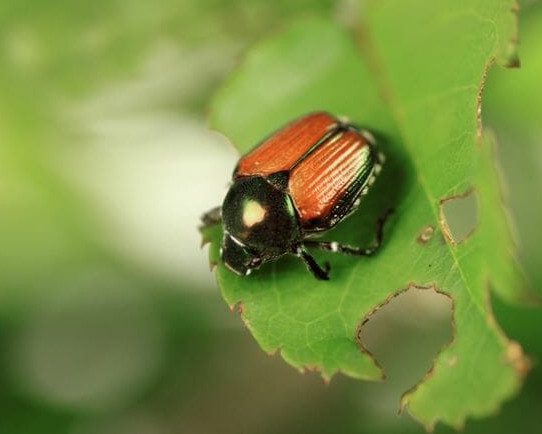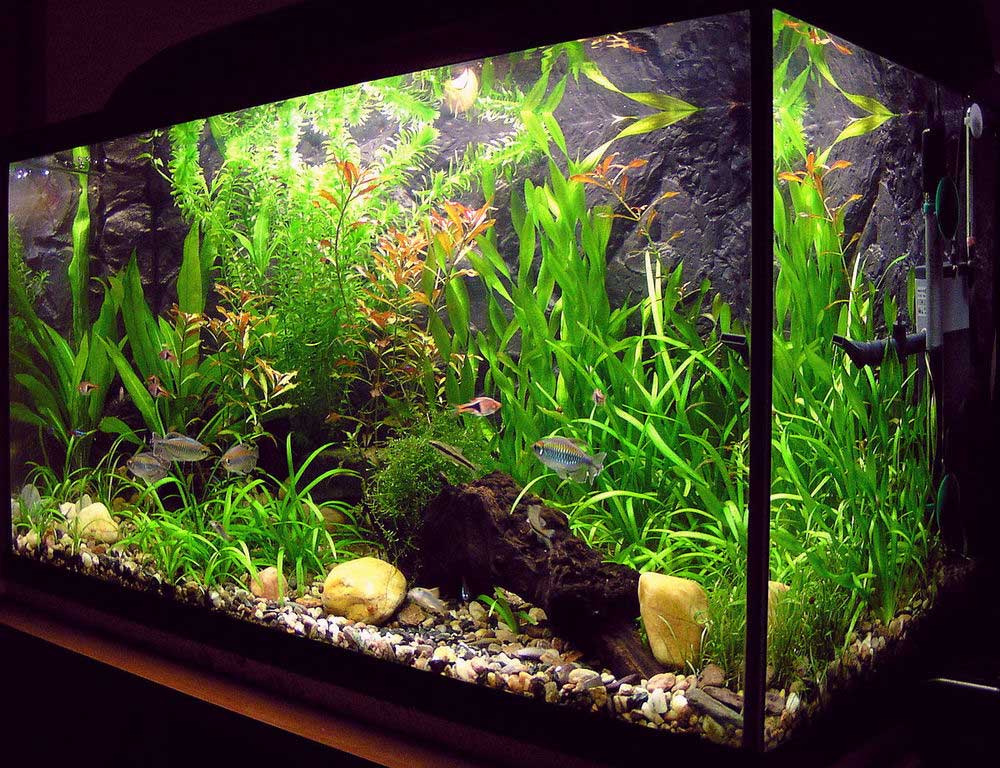Natural and Harmless Ways to Control Beetles + video
Beetles, with their diverse species and ecological significance, play an essential role in our environment. However, some beetle populations can become problematic when they invade gardens, crops, or homes, causing damage and inconvenience. While conventional chemical pesticides are commonly used to control these pests, they often have adverse effects on the environment and human health. In this essay, we will explore natural and harmless methods to control beetles, promoting a balanced and eco-friendly approach to pest management.
10 Organic Ways to Control Pests in the Garden :
1. Identification and Prevention:
The first step in managing beetles is accurate identification. Different beetle species have distinct preferences and habits, and understanding their behavior can help develop effective strategies. Additionally, preventive measures such as regular inspection, maintaining cleanliness, and removing potential beetle habitats can reduce the likelihood of infestations.

2. Mechanical Control:
Mechanical methods focus on physically removing or deterring beetles. Some effective techniques include:
a) Handpicking: For small-scale infestations, manually removing beetles from plants is a practical approach. Wear gloves and drop the beetles into a bucket of soapy water to prevent their escape.
b) Traps: Placing sticky traps or light traps can attract beetles and capture them. These traps can be made at home using adhesive substances or by utilizing specific light spectrums that attract beetles.
c) Barrier Methods: Physical barriers such as netting or row covers can be used to protect plants from beetle attacks. These barriers create a physical obstacle, preventing beetles from reaching the plants.
3. Biological Control:
Biological control involves utilizing natural predators or organisms to regulate beetle populations. This method is eco-friendly and sustains the balance of the ecosystem. Some examples of biological control for beetles include:
a) Beneficial Insects: Encouraging the presence of natural enemies such as ladybugs, ground beetles, or parasitic wasps can help control beetle populations. These beneficial insects feed on beetles and their larvae, acting as a natural control mechanism.
b) Nematodes: Certain species of nematodes are parasitic to beetles and can be introduced into the soil to target beetle larvae. These microscopic organisms infect the larvae, ultimately leading to their death.
4. Cultural Control:
Cultural control methods involve altering the environment to discourage beetle infestations. By adopting certain practices, the habitat becomes less favorable for beetles. Some cultural control strategies include:
a) Crop Rotation: Changing the planting location of susceptible crops each season disrupts the beetle’s life cycle, reducing the chances of infestation.
b) Companion Planting: Planting beetle-repellent plants alongside susceptible crops can deter beetles. For instance, marigolds and garlic are known to repel beetles due to their strong scent.
c) Proper Yard Maintenance: Regularly mowing the lawn, removing fallen leaves, and maintaining plant health can create an unfavorable environment for beetles to thrive.
5. Organic Insecticides:
If natural and mechanical control methods are not sufficient to manage beetle populations, there are organic insecticides available as an alternative to conventional chemical pesticides. These insecticides are derived from natural sources and pose fewer risks to the environment and human health. However, it is crucial to use them sparingly and follow the instructions provided to minimize any potential negative effects.
a) Neem Oil: Extracted from the neem tree, neem oil is an effective organic insecticide that disrupts the life cycle of beetles. It acts as a repellent, inhibits feeding, and interferes with the growth and development of beetle larvae.
b) Pyrethrin: Derived from the flowers of certain chrysanthemum species, pyrethrin is a natural insecticide that targets beetles and other pests. It paralyzes and kills beetles upon contact, making it a useful tool in managing infestations.
c) Diatomaceous Earth: This fine powder, made from the fossilized remains of marine organisms called diatoms, acts as a desiccant to beetles. When beetles come into contact with diatomaceous earth, it absorbs their protective waxy layer, leading to dehydration and death.
It is essential to note that even though these organic insecticides are considered safer alternatives, they should still be used with caution and according to the manufacturer’s instructions. Proper application and timing are necessary to maximize their effectiveness while minimizing any potential harm to non-target organisms.
6. Integrated Pest Management (IPM):
To achieve long-term beetle control and minimize environmental impact, adopting an Integrated Pest Management (IPM) approach is highly recommended. IPM combines multiple pest management techniques and strategies to effectively manage beetle populations while reducing reliance on chemical pesticides. It involves regular monitoring, accurate pest identification, and the implementation of appropriate control methods based on the specific pest’s life cycle and behavior.
IPM emphasizes a holistic and sustainable approach to pest management, incorporating cultural practices, biological control agents, mechanical control methods, and, if necessary, judicious use of organic insecticides. By integrating various techniques, IPM aims to maintain pest populations below the threshold where they cause significant damage, ensuring a healthier and more balanced ecosystem.
Conclusion:
When faced with beetle infestations, it is crucial to prioritize natural and harmless methods of control. By incorporating identification and prevention, mechanical control, biological control, cultural control, and, when necessary, organic insecticides, we can effectively manage beetle populations while minimizing environmental and health risks. Embracing these methods not only protects our plants and homes but also contributes to the preservation of biodiversity and ecological balance. Let us strive for sustainable coexistence with nature, promoting harmony and wellbeing for all living organisms.










